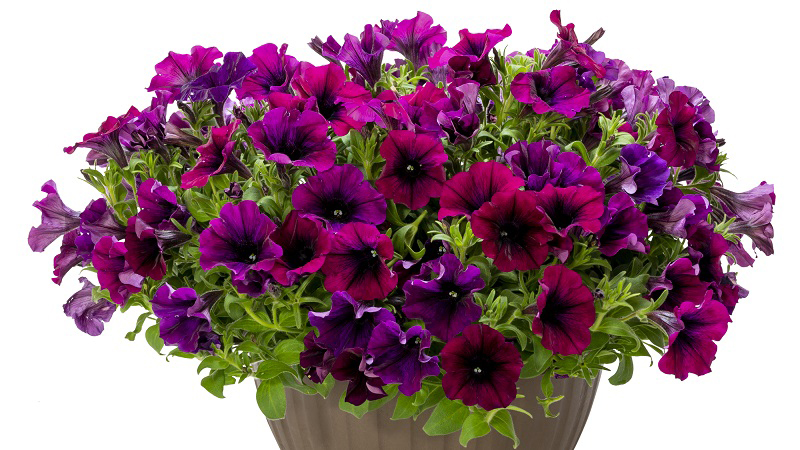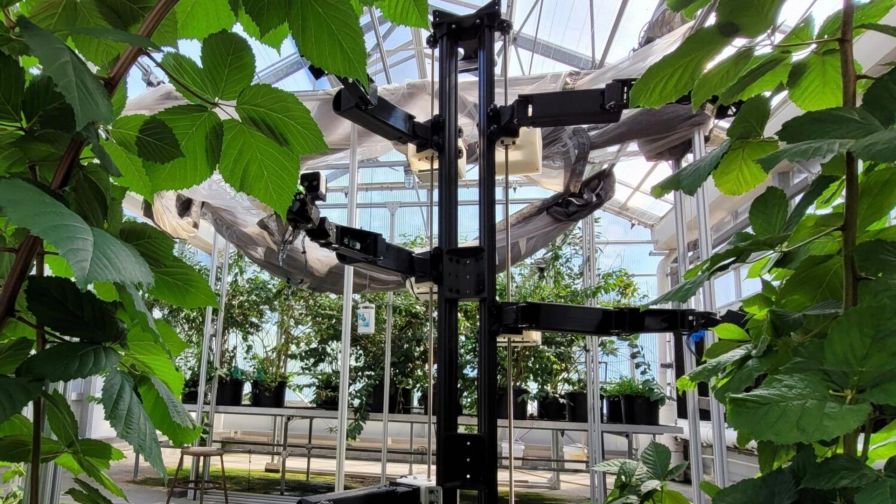How to Get the Most Out of Your Greenhouse Forecast
Market demand in the greenhouse industry can significantly move from one year to the next. For some growers, these market changes are highly beneficial. For others, they present great challenges. Whether you were on the plus or minus side of these market swings, we have all had to incur increased costs.
In these times, a grower without a forecasting process is flying blind, without instrument backup. Would a forecast have changed the outcome for a grower who didn’t have one? I believe so.
What Is a Forecast?
Simply put, a forecast is a prediction of future values or quantities. Values such as sales quantities, sales revenue, profits, or costs related to your operations are all fair game for forecasting.
A good forecast is not a guess at these future quantities, but a data and scenario-driven calculated, statistical outcome where the best experience, knowledge, data, and customer/market information drive cogent assumptions and plans for future states (learn more in a recent Greenhouse Grower Executive Series presentation here).
Forecasts are driven by assumptions: data from prior years, market and business trends, and changes in pricing. Forecasts go awry when an assumption is wrong. These need to be published with the forecast.
There are two fundamental ways to go about forecasting.
Top-Down Forecast
Top-down forecasting looks at your high-level financials (typically the income statement) and pushes those values forward to future time periods. Then, you add or subtract percentages based on your assumptions about what changes impact the future state to project new values for the line items and for your bottom line. These values need a “reality check” to prior years.
For example, take your income statement line items and copy those to future years. Add or subtract values to the key line items like your sales revenue or COGS. See what happens to the bottom line.
In some cases, a grower may know concrete data to project the future. P a large customer is planning on a positive or negative overall comp for the coming year, or a crucial supplier is cutting you a better deal on your bulk raw materials for next year. This is part of what you can use the figure in the projected changes year over year to see where you land.
The advantage of a top-down forecast is that they are usually easier to put together. However, for growers, the natural questions arise about how this high-level projection will happen (if sales are slated to go up what you will grow, how to price the items, etc.).
The disadvantage of a top-down forecast is it doesn’t tell you what to grow or when or how much directly. It may be implied depending on the grower’s product mix, but it is still just a general gauge.
Bottom-Up Forecast
In contrast to a top-down forecast, a bottom-up forecast is built by looking at your SKU or SKU group levels, adjusting future sell quantities, prices, costs, and other economic factors and influences to arrive at estimated future totals.
A bottom-up forecast can account for specific product shortages you experienced or projects you are really long on certain inventory items. It can also account for suspected product changes, increases, or decreases in response to your local customer changes. These micro adjustments help you finer tailor your projections. They can also be scaled for any number of other factors, economic or otherwise, which may affect you in the future.
The advantage of a bottom-up forecast is the level of detail and control you can achieve and the very diagnostic views of your business.
The disadvantage is that they are complex, time consuming, and technically difficult to put together. A bottom-up forecast is typically a big data exercise and thus many growers simply don’t have the time or staff with the technical expertise to put one together in a timely manner and then iterate the various scenarios to come up with a really good future forecast to drive planning efforts.
However, whether you figure out how to do it yourself or hire great consultants to help you with it, the rewards for doing a forecast give you new, previously un-contemplated views of your business, and if you consider multiple scenarios in your forecast, it becomes an operational playbook for your future.
Further, a good bottom-up forecast coupled with projected costs can show you where your profits will most likely come from (or not).
To learn more, continue reading my original post on the Advanced Grower Solutions blog page.











